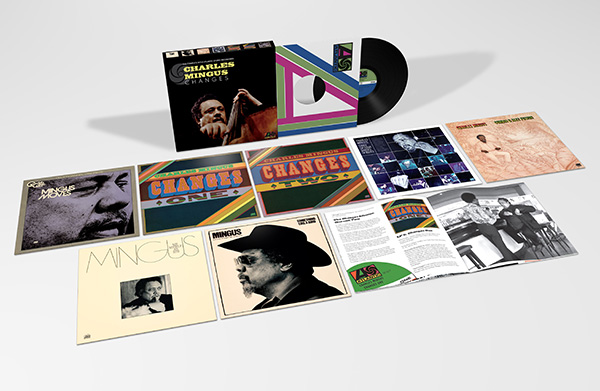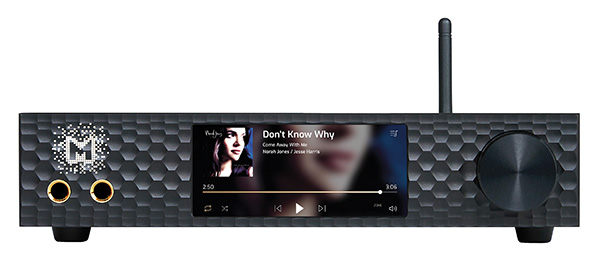
Revinylization #45: Charles Mingus's Changes: The Complete 1970s Atlantic Studio Recordings
Revinylization #45: Charles Mingus's Changes: The Complete 1970s Atlantic Studio Recordings

- Read more about Revinylization #45: Charles Mingus's Changes: The Complete 1970s Atlantic Studio Recordings
- Log in or register to post comments

